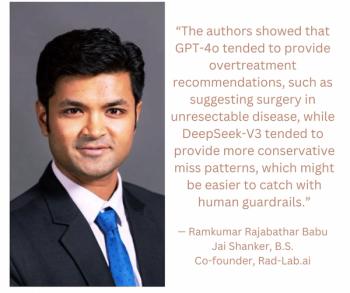FDA Clears New Cardiovascular CT Scanners
Offering dedicated computed tomography (CT) assessment of the cardiovascular system, the SpotLight and SpotLight Duo systems reportedly provide high-resolution imaging for diagnosis and monitoring of cardiovascular diseases.
The Food and Drug Administration (FDA) has granted 510(k) clearance for the SpotLight and SpotLight Duo computed tomography (CT) scanners that are specifically geared to cardiovascular assessments.
In addition to a 25 cm field of view for dedicated cardiovascular CT scans, key benefits of the SpotLight system include best-in-class specifications for one beat whole heart coverage (14 cm), spatial resolution (0.5 mm detector) and temporal resolution (120 msec), according to Arineta, the developer of the SpotLight and SpotLight Duo scanners.
“… The new SpotLight systems continue Arineta’s history of clinical innovation,” said Scott Schubert, the CEO of Arineta. “Our vision is to grow cardiac CT as the front-line non-invasive test for diagnosing, therapy planning and monitoring of cardiovascular disease, the number one cause of death and costs for healthcare worldwide.”
Arineta said the SpotLight Duo offers whole organ acquisition with 4D imaging for enhanced visualization of vascular flow and organ motion. The SpotLight Duo also features 45 cm high resolution scans to facilitate full cardiothoracic CT assessments for conditions such as lung cancer, COVID-19 and other pulmonary diseases, according to Arineta.
Newsletter
Stay at the forefront of radiology with the Diagnostic Imaging newsletter, delivering the latest news, clinical insights, and imaging advancements for today’s radiologists.





























